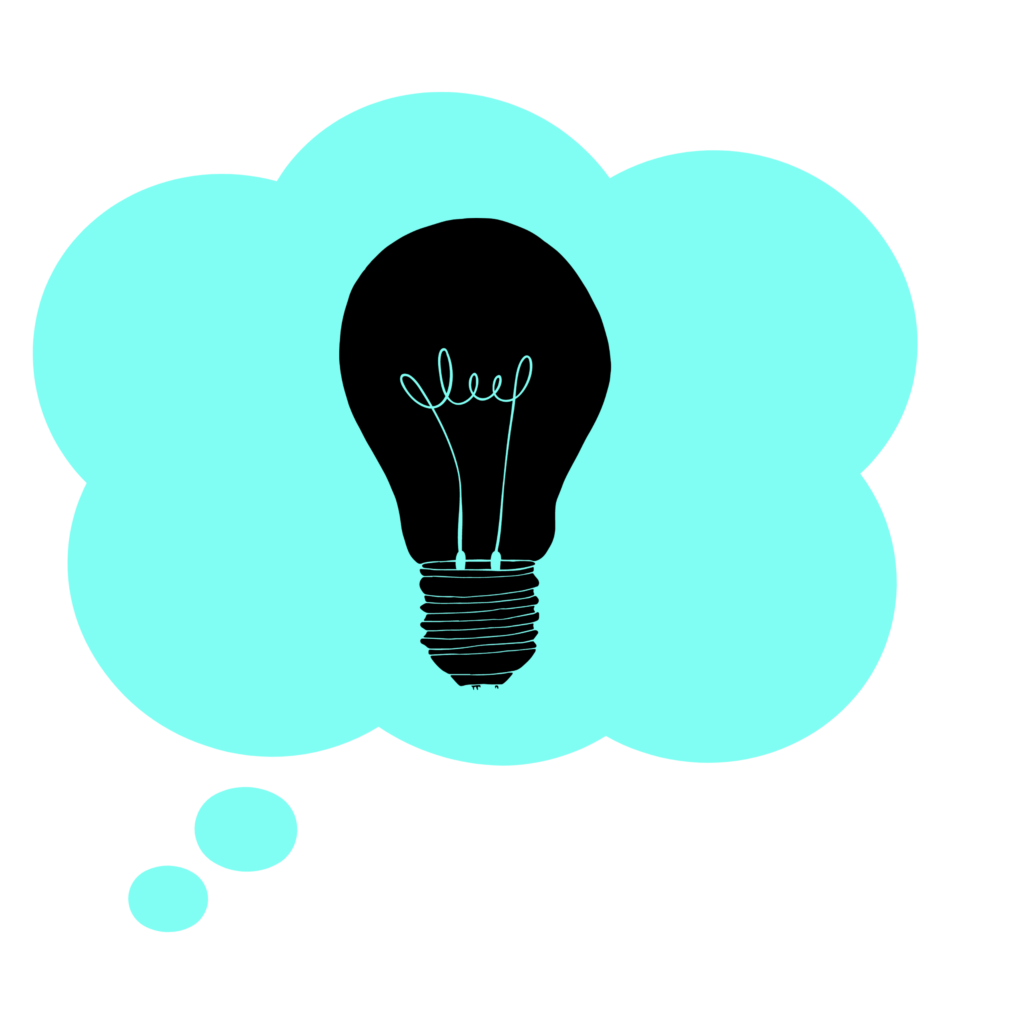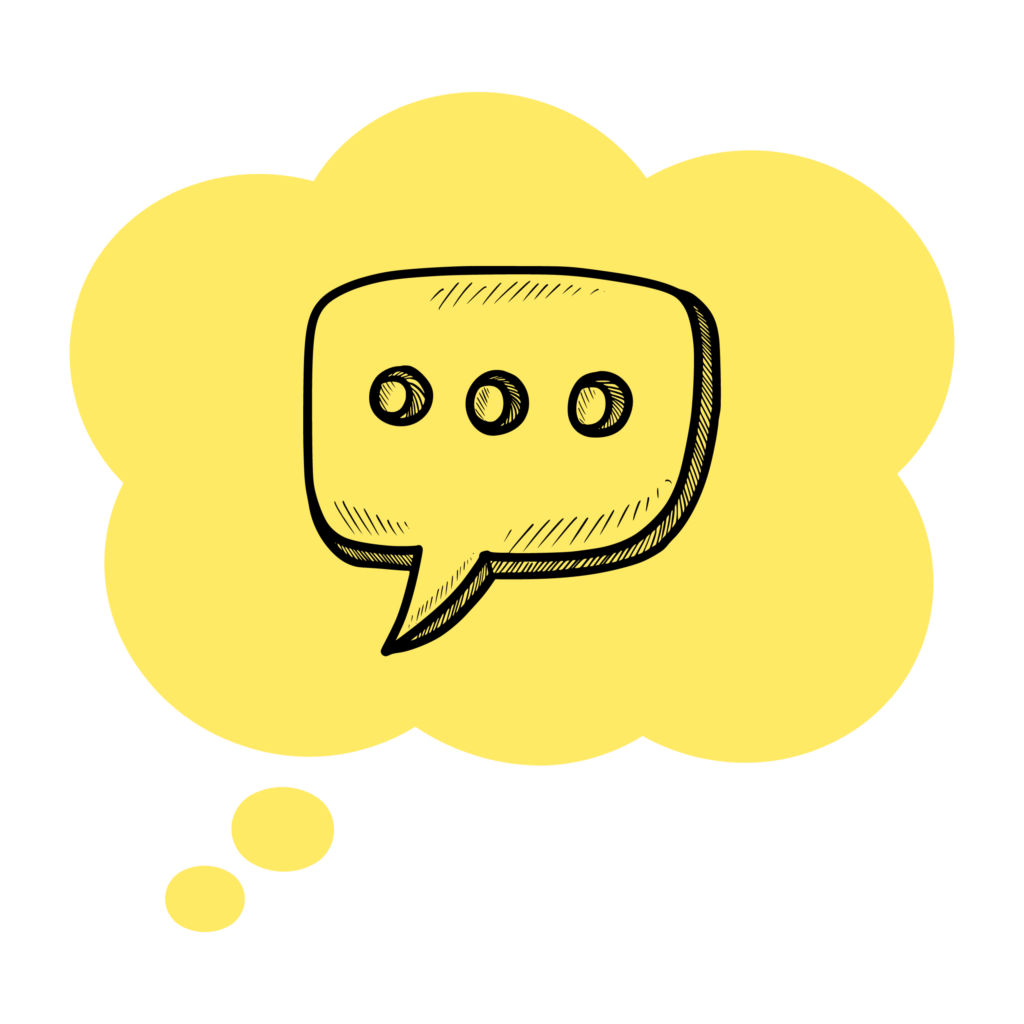How to get started with accessibility?

Article sections
This guide provides a concise introduction to digital accessibility. If you need a refresher or are unfamiliar with the topic, this is a good place to start.
Digital accessibility means making websites, materials and mobile apps, for example, as accessible as possible to as many different people as possible (saavutettavasti.fi).

1. Why accessibility?
- More than one million of the Finnish population need accessible services (saavutettavasti.fi). The challenges can be caused by many things, and the needs are not necessarily visible to the outside world.
- The Act on the provision of digital services (finlex.fi) obliges higher education institutions to produce accessible material.
- Consideration of accessibility also contributes to overall good design and usability.
- By producing accessible educational content, you transfer good practice to your students. Accessibility is an important skill for the future world of work.
- By producing material that is accessible already from the outset, you make your own work easier in the future.

2. How do I get started with accessibility?
- An online course recommended for every HAMK staff member: Accessibility and the requirements of the Digital Services Act – eOppiva (60-90 min, certificate). This course is currently not available in English.
- For whom is accessibility important? (saavutettavuusvaatimukset.fi)
- Act on the Provision of Digital Services (Finlex)
Ponder

- Why I should take accessibility into account in my work?
- In what ways is accessibility reflected in my own work?

3. Where to start with accessible documents?
In the materials below you will find instructions on how to make Word, PowerPoint and Excel files accessible and how to convert them to PDF format in an accessible way.
- An online course recommended for every HAMK student: Accessible documents online – eOppiva (over 60 min and test, course certificate). Not available in English.
- Creating accessible documents (abilitynet.org.uk)
- Videos in Finnish about improving accessibility (internal link)
Ponder

- Where do I share documents? Do these documents take accessibility into account?
- Select 2-5 documents you have produced that you could further check for accessibility. Schedule a time for the review immediately.

4. Accessible videos
In principle, a text response must be provided for all publicly available videos.
- Act on the Provision of Digital Services promotes the accessibility of videos and audio files (Digipedagogical guideline)
- Cases of when to have captions? Currently only in Finnish (internal link)
- Making Audio and Video Media Accessible (w3.org)

5. Accessibility and UDL in teaching
Accessibility is strongly linked to the principle of Universal Design for Learning (UDL), which means designing teaching for all students. Designing learning for all ensures equal learning opportunities and accessibility of learning environments and materials.
- UDL Priciples (HAMK Digipedagogical guideline)

6. Strengthening and supporting your own skills at HAMK
At HAMK, we encourage continuous development of your skills. There are many forms of support available, read more below.
Ponder

- What kind of accessibility skills does my job description require?
- Do I need a broader set of skills or some specific skills in addition to the basic skills?
Discover and develop

- Familiarise yourself with the digipedagogical training available at HAMK (internal link) and the range of materials regarding accessibility in the Digipedagogical guidelines.
- Choose 1-2 forms of support and/or materials that suit your needs and start developing your accessibility skills.
- Remember to make your skills visible with HAMK’s open badges (internal link)
